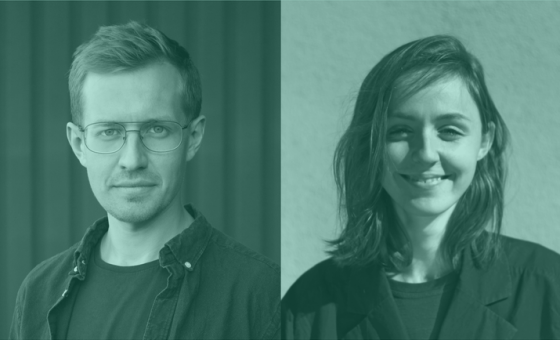Sometimes the circumstances force us to go beyond the established schemes. It is due to problems – both the known and the unknown – that we need to use solutions which we have not used before. How can we cope with such crises?
RE:MAIN is a set of items, which are the result of workshops conducted in Gdynia, during which experienced designers sought new design solutions. Together they have been trying to name and describe problems of various sizes - from minor crises to the great cataclysms that can affect a modern man. The creators also tried to answer the question: What can we do to help deal with such unpredictable situations? The spectrum is broad so the resulting projects are very diverse. They respond to all kinds of needs and crises: from surviving financial problems, through overcoming mobility barriers, self-reliant production of long lasting foods or brightening the world by using an inconspicuous flashlight.
These objects were 3D printed in PPNT prototyping facilities. The creators decided that this untypical way of production allows them to create products which would help them survive in difficult situations and introduce innovations which can make our lives easier. The designers have created reusable products to also lessen the burden on our planet. The RE:MAIN objects were first presented during the 10th edition of Gdynia Design Days 2017 festival. UAU Project ¬-Justyna Fałdzińska and Miłosz Dąbrowski were the curators of the project.













